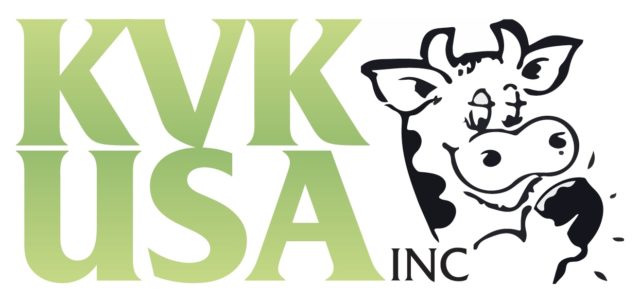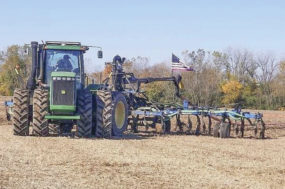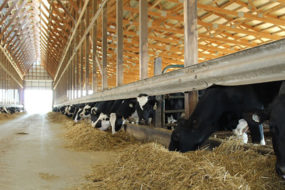A paper released July 16 by AGree describes a disjointed and ineffective system of K-12 food and ag education in the U.S. and identifies needed reform.
The paper, “Food and Agricultural Education in the United States,” authored by Stephanie Mercier, former chief economist of the U.S. Senate Agriculture Committee and currently with the Farm Journal Foundation, is the most comprehensive summary to date of the current state of play in K-12 food and agriculture education, its evolution and ideas that could help to focus and modernize instruction.
“Americans are increasingly interested in where their food comes from, yet are also more disconnected from agriculture than ever before. Agriculture literacy is critical; agriculture, food and nutrition topics should be embedded in how we teach science and technology,” says Deborah Atwood, executive director of AGree. “Our current system is struggling to prepare the next generation for success.”
The paper outlines five recommendations to strengthen food and ag education, laying the foundation for the U.S. food and ag sector to meet the challenges facing the global food and ag system in the 21st century.
“We need to step up our game when it comes to food and ag education in both rural and urban America, or we will be woefully unprepared to compete in the global marketplace, which is now vital to U.S. agriculture,” says Dan Glickman, AGree co-chair and former U.S. Secretary of Agriculture.
Emmy Simmons, AGree co-chair and former assistant administrator for economic growth, agriculture and trade for the U.S. Agency for International Development, says, “Our education system must respond to the growing interest of the younger generation regarding food and agriculture, and prepare them to make a difference in food and ag related fields, whether that means working to address the impacts of climate change, improve public health or strengthen livelihoods in developing countries.”
Jim Moseley, AGree co-chair and former deputy secretary of agriculture, says, “So much is required of producers today – skills in agronomy, natural resource management, information technology and business. I’m confident that young people are up to the challenge, but there is much more we can do to prepare the next generation of farmers and ranchers.”
The paper offers five ideas to improve food and ag education. First, it recommends creating a system that assesses or ranks the effectiveness of available curricula in food and ag education. While applauding renewed interest in attracting young people to careers in science and technology, known as STEM disciplines, the paper also suggests that U.S. competitiveness would be well-served by linking food and ag education to STEM programs.
Third, the paper recommends the establishment of a “Perkins Plus” program that would offer additional funds to programs deemed to be top performers. Under the Perkins Act, state departments of education submit data on student performance, but the formula funding offers little incentive for school districts to be identified as top performers.
The remaining two suggestions relate to future efforts to monitor and evaluate food and ag education. The paper suggests a national survey be conducted by the USDA’s National Agricultural Statistics Service to assess agricultural literacy. The final idea put forth is the establishment of a committee to review progress in the area of food and ag education.
There is precedent, including a committee established in 1985 by the National Academies of Science to assess the contributions of ag education to productivity and competitiveness. Separately, the W.K. Kellogg Foundation funded a project in the late 1990s to reinvent ag education.
Without question, the food and ag sector has changed significantly in recent years. Ensuring that food and ag education keep pace is essential to the future competitiveness of the sector. The full paper is available online (PDF, 752KB). PD
—From AGree news release



